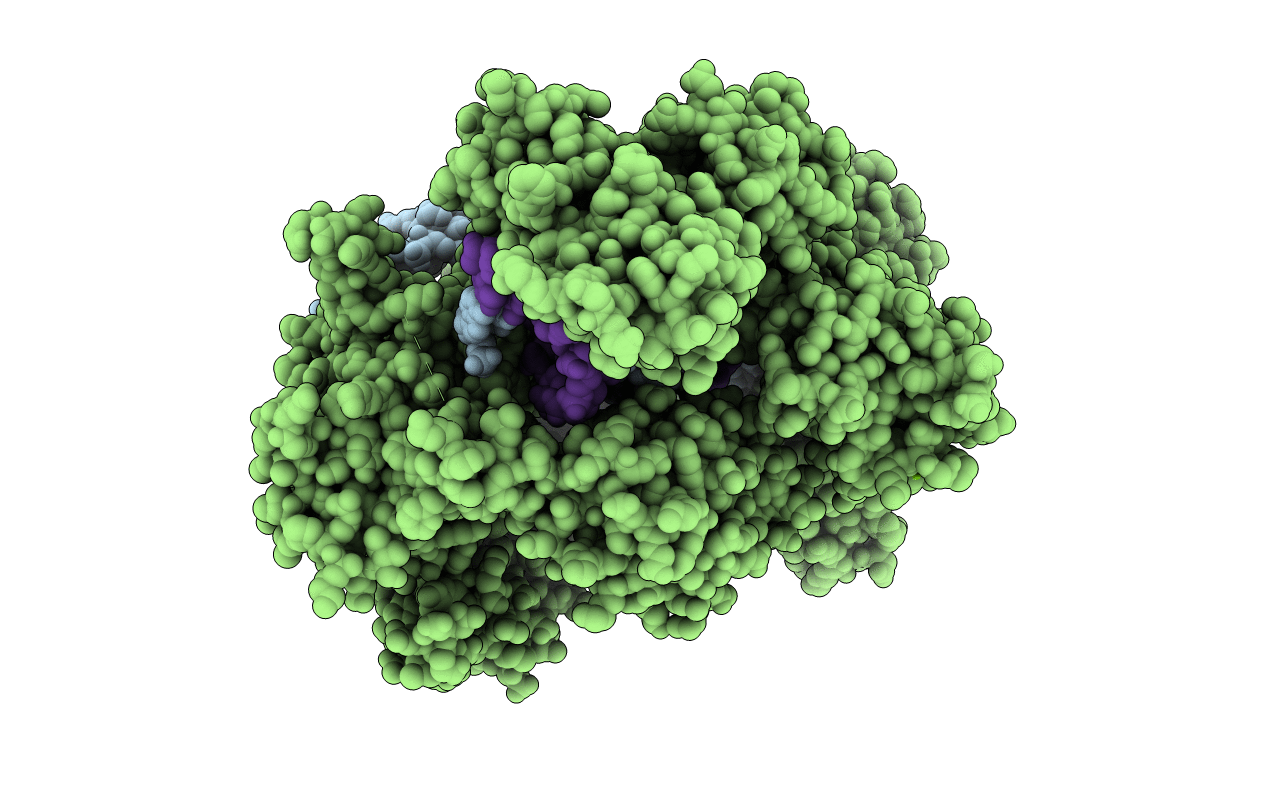
Deposition Date
2014-05-25
Release Date
2014-07-23
Last Version Date
2024-01-10
Entry Detail
PDB ID:
4UN5
Keywords:
Title:
Crystal structure of Cas9 bound to PAM-containing DNA target containing mismatches at positions 1-3
Biological Source:
Source Organism:
STREPTOCOCCUS PYOGENES (Taxon ID: 1314)
SYNTHETIC CONSTRUCT (Taxon ID: 32630)
SYNTHETIC CONSTRUCT (Taxon ID: 32630)
Host Organism:
Method Details:
Experimental Method:
Resolution:
2.40 Å
R-Value Free:
0.24
R-Value Work:
0.21
R-Value Observed:
0.21
Space Group:
C 1 2 1


